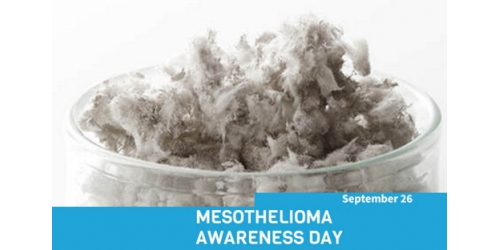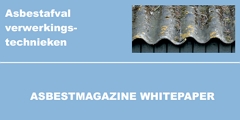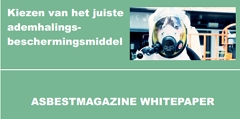Mesothelioma Awareness Day, established by Meso Foundation volunteers in 2004, has been the driving force behind the movement to bring more attention and funding to this cancer.
Malignant mesothelioma is a tumor of the lining of the lung and chest cavity or lining(s) of the abdomen, often related to exposure to carcinogenic mineral fibers such as asbestos and erionite.Genetics also influences the risk of developing mesothelioma. For instance, among crocidolite-asbestos miners who worked for over 10 years in South African asbestos mines, 4.6% developed mesothelioma after a period of about 30-40 years, suggesting that some of them were more susceptible to asbestos carcinogenesis.
Mesothelioma Awareness Day, established by Meso Foundation volunteers in 2004, has been the driving force behind the movement to bring more attention and funding to this cancer.
In the last twelve years, through various activities, the Meso Foundation and its volunteers have been able to obtain "National Mesothelioma Awareness Day" proclamations by both the U.S. Senate and the House of Representatives, have raised nearly a million dollars, have received local government proclamations in their states and localities, and have received dozens of instances of media coverage for their stories, events, and activities.
Global Mesothelioma Impact
It is estimated that as many as 43,000 people around the world die annually from mesothelioma.
The highest rates of mesothelioma occur in Australia, Belgium, and Great Britain, with an average of 30 cases per million people.
Through 2020, the rate of death for malignant mesothelioma in developed countries is expected to increase by 5 – 10% annually.
The highest rates of incidence for mesothelioma occur in the Genoa Province of Italy, West Cape of Australia, and Northern Yorkshire area of the United Kingdom. However, mesothelioma was not included in the International Classification of Diseases (ICD) until the tenth revision, and many countries do not consistently report mesothelioma statistics. It is possible that there are much higher rates of incidence in Asia, Africa, and South America than is currently realized.
Asbestos is banned in at least 60 countries around the world. Although some of these bans are partial or allow exceptions, most are complete bans on the importation and manufacture of asbestos.
















